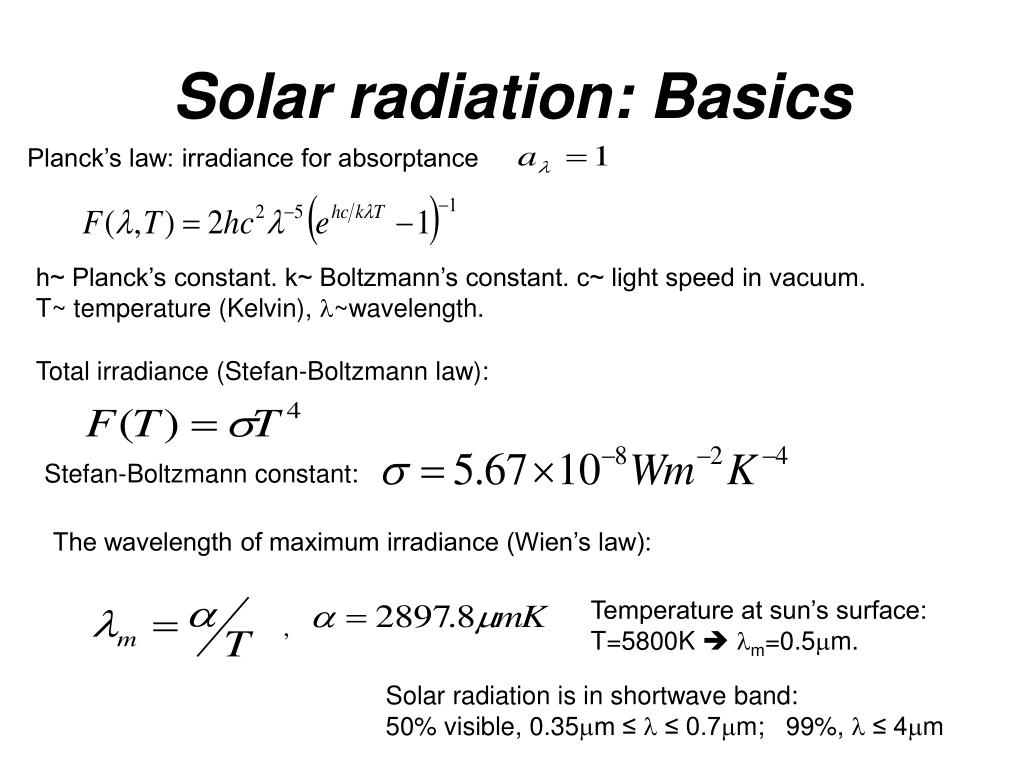


Close-up of the reliable oceanic heat flux data through seafloor older than 100 My (adapted from Lister CRB, Sclater JG, Nagihara S, Davis EE, and Villinger H (1990) Heat flow maintained in ocean basins of great age – Investigations in the north-equatorial West Pacific. It turns out, therefore, that the flattening of the bathymetry does not allow straightforward conclusions.įigure 8. From the general standpoint of mantle convection, depth to the seafloor is sensitive to the thermal structure of the whole upper mantle and to stresses at the base of the lithosphere, which depend on the dynamics of plate-scale convection ( Davies, 1988). Another issue is the influence of seamounts and large hot spot volcanic edifices, which obscure the behavior of ‘normal’ lithosphere, if such a thing exists ( Heestand and Crough, 1981). Depth values also exhibit significant scatter, however, due to inaccurate estimates of sediment thickness and inherent basement roughness ( Johnson and Carlson, 1992). Because heat flux data are scarce and subject to large experimental uncertainties, one could choose to focus on bathymetry. These observations have been hotly debated and have important consequences that are discussed in the next section. Depth to the ocean floor also departs from the theoretical predictions and tends to a constant value. Heat flux data depart from eqn on seafloor older than ca.100 My and tend to a constant value of ≈ 48 mW m − 2 ( Figures 7 and 8). In the North Pacific, the mean meridional overturning cell induces an equatorward heat flux however, the sum of heat fluxes is still poleward because it is associated with the domination of the wind-driven gyre. In comparison, however, the contribution by eddies is relatively small. For example, poleward heat flux in the North Atlantic reaches its maximum around 25°N, where both the mean meridional overturning and horizontal wind-driven gyre contribute. Each component can be further divided into the contribution by the mean Eulerian flow and eddies. The poleward sensible heat flux in the ocean can be separated into two major components: the flux associated with the meridional overturning cells and the flux associated with the horizontal gyres. Thus, the total oceanic contribution to the poleward heat flux may consist roughly of 50% of the total heat flux. Northward heat flux in PW, including the atmospheric sensible heat flux the oceanic sensible heat flux and the latent heat flux associated with the hydrological cycle.Īlthough the atmospheric sensible heat flux is the largest component in both hemispheres, it is not much larger than the other components.


 0 kommentar(er)
0 kommentar(er)
